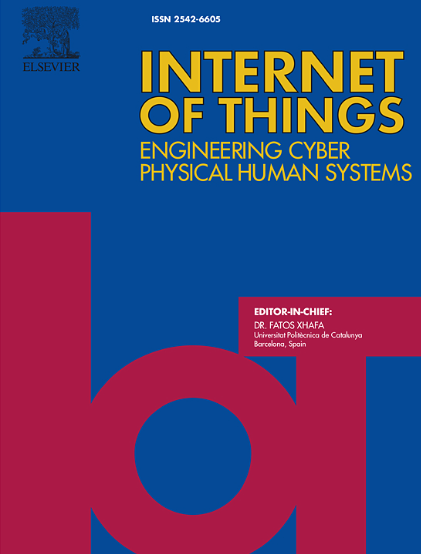A WSN and vision based smart, energy efficient, scalable, and reliable parking surveillance system with optical verification at edge for resource constrained IoT devices
Abstract
As urbanization accelerates, the demand for efficient parking surveillance solutions has increased. However, existing solutions often face challenges related to energy consumption, scalability, and reliability. This paper introduces a smart hybrid parking surveillance system integrating wireless sensor networks (WSNs) with vision based solution at the edge for resource constrained IoT devices to address these challenges. The solution leverages WSNs for periodic readings of parking space occupancy and introduces a low power sleep mode in the network for energy efficiency, along with optical verification strategies using computer vision models like R-CNN and Faster R-CNN FPN on ResNet50 and MobileNetv2 backbones for distinguishing between true and false positives in the WSN data for a greater accuracy in parking space occupancy. The system utilizes edge for computing on edge servers resulting in increased responsiveness of the system, reduced data transmission and real time processing of data. The proposed solution is formulated in such a way that it automatically switches between WSN and vision based sensing resulting in less energy consumption and longer lifespan of the system without compromising on accuracy. Through experimental results it is observed that models trained on the MobileNetv2 backbone demonstrated at least twice faster for both processing the images and training compared to those models trained on the ResNet backbone. On the other hand, both Faster R-CNN FPN (input resolution: 1440) and R-CNN (input resolution: 128) models trained on the MobileNetv2 backbone have slightly lower accuracies than the same models trained on the ResNet50 backbone.

 求助内容:
求助内容: 应助结果提醒方式:
应助结果提醒方式:


